release time:2022-06-02 13:55:05
Biochemical analyzers play a crucial role in any laboratory as they reveal valuable information that helps to efficiently and accurately diagnose a person. The information that can be gathered through this equipment includes:
Due to the information it provides and the importance it holds in a laboratory setting, the market is full of options ranging from simpler versions to much more complicated and sophisticated versions of biochemical analyzers. These biochemical analyzers can be classified into different categories to have a better understanding of their mode of work and functionality. These include:
Classification according to the degree of automation:
1) Semi-automatic biochemical analyzer
This type of analyzer needs some manual assistance when it comes to the analysis processes like holding, sample addition, colorimetric inhalation etc. Hence this type of analyzer is known as semi-automatic as many of the steps are done manually.
2) Fully automatic biochemical analyzer
These analyzers are fully automatic from start to end recording the results. the entire process is done without any manual assistance and only the sample is put in by the lab assistant.
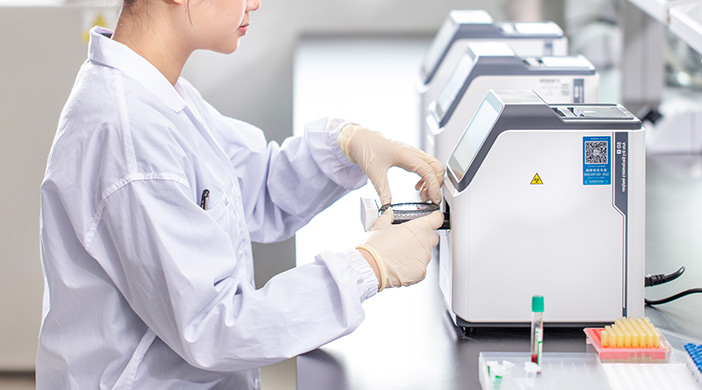
Classification according to the principle used in biochemical analyzer
According to reagents and instrument systems
1) Closed system
Both reagents and instruments are provided in form of a bundle and the manufacturer of the analyzer specifies the reagents that have to be used.
2) Open system
Any reagent can be used in these types of analyzers and no specification is given.
Classification according to the size
1) Small-sized instruments
These are single-channelled, simple, easy to operate models that can be put in small labs or rehabilitation centers or even ambulances.
2) Medium-sized instruments
These are multi-channel and can measure more than one item at a time.
3) Large-sized instruments
These are also multi-channelled with the capacity to analyze more than 10 items at once.
According to the biochemical analyzer reaction principle.
1) Wet biochemical analyzer
This type of analyzer works by the Lambert-Beer law. The reaction carrier is in liquid form and the colored reaction products absorb the incident light. How much light was absorbed is then the measure of the concentration of the substance that has to be detected in the sample.
This is also known as solid-phase chemistry as it uses a dry reagent with a film that constitutes multiple layers. The sample is then added to the solid reagent and the reaction occurs that determines the different constituents of the specimen.
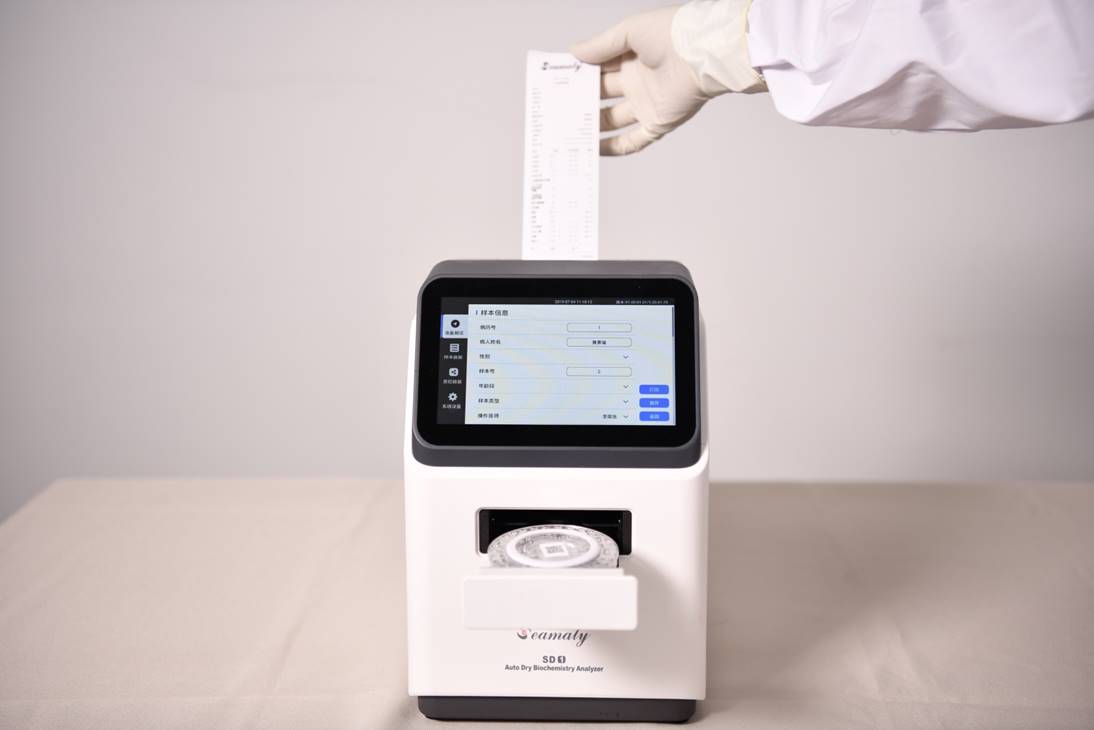
While choosing an analyzer, keep in mind the degree of automation, amount of sample size the analyzer can hold and the accuracy and consistency of the results provided by the analyzer. All of these factors are extremely important when choosing an analyzer. Other factors that make a difference are size, model, budget and the specific features you might think are necessary for the type of particular analysis you want to run.
What are the technologies a biochemical analyzer use for measurement?
– Indirect potentiometry
How can you evaluate the performance of a biochemical analyzer?
Here are some important criteria that can help to evaluate the performance of the analyzer you are thinking to buy for your lab:
• Whether the analyzer is automatic or semi-automatic as fully automatic analyzers are better suited for large setups that have greater workload and need quick functioning, while semi-automatic models are best for small labs and medical offices that need to assess smaller volume samples.
• Cadence or the number of samples analyzed per hour can also be enhanced by the use of specific electrodes.
• The availability of random access mode offers a great deal of features that are useful in labs and hospitals that require speed and efficiency. With this feature, it is very convenient to put in random samples and still get continuous results in a short time with accuracy. This increases the efficacy of the whole process immensely.
Here are the top four most efficient and economical options available in the market for biochemical analyzers:
4. Microlab RX 50v Biochemistry Machine
The ideal price range for a good, economical biochemical analyzer starts from somewhat to. Here are the top 10 recommendations under this price range that not only are very consistent and efficient in their results but fall in a bracket that is affordable for most of the people looking to buy this device.
10. Beacon Vchem Smart Biochemistry Analyzer, Semi-Auto
How costly an analyzer is related directly to the number of features and the type of brand you are going to choose. But a good biochemical analyzer that gives needed results and works effectively is also available in the market at a reasonable price range. All that is needed is a little research and study.
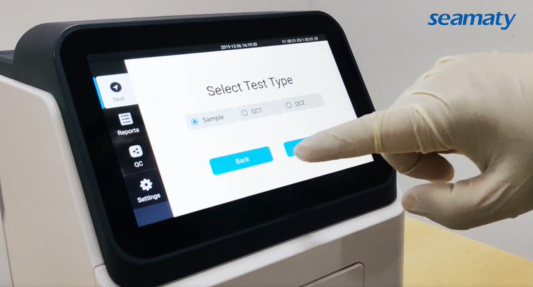
2022-06-06
This article lists some of the most compelling applications in the point of care testing (POCT) market. The point of care testing (POCT) industry aims to curb the global threat of disease under strict regulatory constraints.
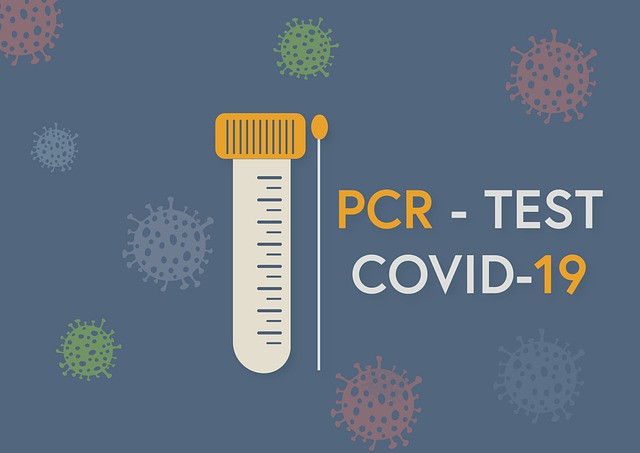
2022-05-23
The concept of "digital PCR" was first introduced by Sykes and other scientists in 1992. He mentioned that the combination of finite dilution, endpoint PCR and Poisson statistics allows quantitative measurement of nucleic acid concentration.
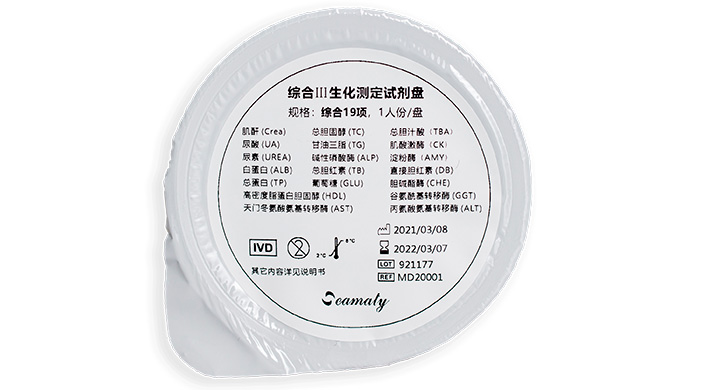
2021-11-02
The following five methods are commonly used to eliminate interference between biochemical analyzer reagents. 1. To reduce the mutual interference between reagents. Biochemical machines should be properly maintained on a regular basis.